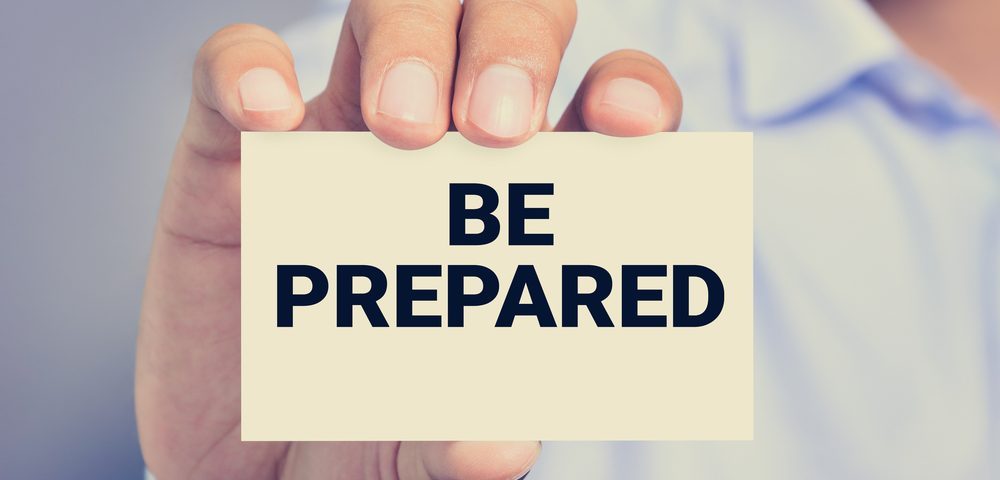Keeping Safe During a Lockdown
Written by |

In the early days of this outbreak, only a couple of media outlets nonchalantly reported the events surrounding COVID-19. Back then, we had no idea how serious this virus was. The word coronavirus wasn’t even an active part of my vocabulary. Fast-forward a few months later and it is all people talk about.
It’d be dishonest to say this coronavirus outbreak doesn’t worry me. “Worried” is even too light of a word. I have been terrified at the thought of being infected — it’s kept me on edge for the last month.
When news about this virus first broke, it was made apparent that the elderly and those with weaker immune systems were at greatest risk. Many healthy peers took comfort in this information, faithful they would survive the infection. But I can’t feel the same. A weakened immune system is one of sickle cell anemia’s many tolls, so I’m more susceptible to contracting infections. The words used by peers for encouragement are the very words cementing my fear.
In the early days, the slow release of information from government bodies suspended me in cluelessness. I did not know how to react to the flood of news so my fear swelled. I quickly dreaded leaving home for my usual routine, so I decided to stop going to work before the option to furlough my job became available. I left my house only for hospital appointments.
Eventually, the National Health Service and the government sent letters advising me of things I should do as a high-risk individual. Put more at ease, I was able to then be more careful and intentional in minimizing my risk of infection.
The world has been told to practice social distancing, but high-risk persons have been told to practice shielding, which includes avoiding all face-to-face interactions for at least 12 weeks, aside from appointments with healthcare professionals. Those in my household have also been advised to stringently follow guidance on social distancing and reduce contact outside the house. Some measures seem excessive, but I must remember my health comes first; adjusting behaviors now will benefit me in the long run.
I have understood all given advice and I am doing pretty well at complying. However, I write this column hours before making my way to the hospital for my red cell exchange transfusion. I carry the same burden of fear I had at the beginning of this outbreak. I require blood transfusions every four weeks, but I worry about putting myself at risk by entering the hospital environment.
I’m reminding myself that hospital staff will do all they can to ensure a safe environment. I also will do all I can: I’ll keep my distance from others, wear my mask, wash my hands at every opportunity, and avoid touching buttons. Once home, I’ll shower, stick my clothes in the washing machine, and stay in my room to minimize interactions with those in my house.
I may have to inquire about another treatment plan that does not involve me visiting the hospital so frequently, but right now I have no choice. Wish me luck!
If you still have to visit the hospital, I would love to hear your precautions.
In the meantime, stay safe.
***
Note: Sickle Cell Anemia News is strictly a news and information website about the disease. It does not provide medical advice, diagnosis, or treatment. This content is not intended to be a substitute for professional medical advice, diagnosis, or treatment. Always seek the advice of your physician or other qualified health provider with any questions you may have regarding a medical condition. Never disregard professional medical advice or delay in seeking it because of something you have read on this website. The opinions expressed in this column are not those of Sickle Cell Anemia News or its parent company, Bionews Services, and are intended to spark discussion about issues pertaining to sickle cell anemia.






Leave a comment
Fill in the required fields to post. Your email address will not be published.